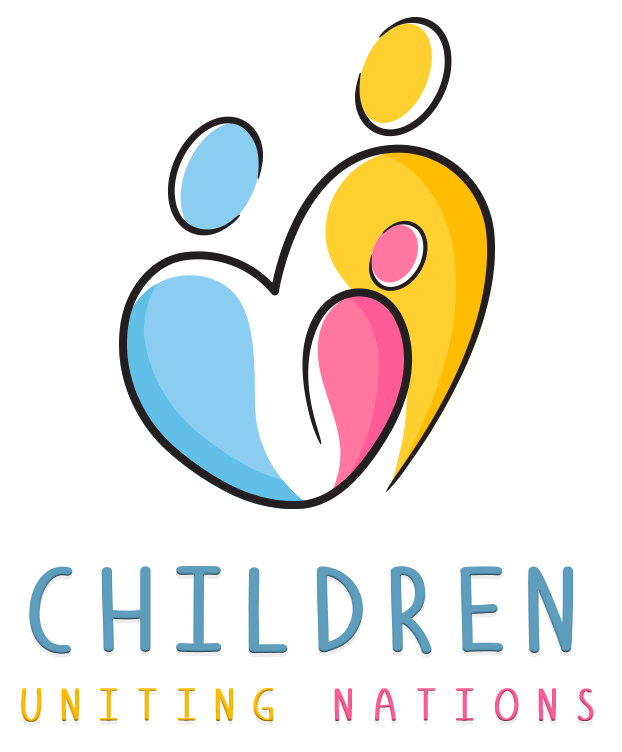As a parent, navigating the complexities of your teenager’s behavior can be challenging, yet it’s vital to remain vigilant during these formative years. This period of adolescence is characterized by a whirlwind of changes, from physical growth to emotional shifts. While some fluctuations in teenage behavior are normal, there are noticeable red flags that deserve your attention. Ignoring these warning signs could mean overlooking potential mental health issues, as experts indicate that 1 in 5 teenagers face impairing mental health disorders.
This guide for parents emphasizes the significance of awareness, communication, and intuition. Understanding that chronic sleep problems, sudden drops in academic performance, and social withdrawal in teenagers may reflect deeper struggles like anxiety or depression can foster proactive parenting. Utilizing the acronym BAES—Behaviors, Appearance, Emotions, Situations—can help you categorize and identify concerning changes in your adolescent. As you navigate this complex journey of parenting teenagers, maintaining open lines of communication is crucial to ensure their emotional well-being.
Understanding Teenage Behavior and Mental Health
Recognizing the nuances of teenage behavior is crucial for effective parenting. During this phase of typical adolescent development, it is vital to distinguish between normal and abnormal behavior. Understanding teenage behavior allows you to spot potential teenage red flags that may indicate deeper issues, such as mental health disorders. The teenage years are often marked by emotional turbulence, which can sometimes lead to alarming behaviors if not properly addressed.
Normal versus Abnormal Behavior in Teenagers
In your parenting teenagers guide, it is essential to know the difference between acceptable behavior and signs of a problem. Mood changes are normal during this time; however, abnormal behavior lasts longer and may be more intense. For example, symptoms that occur nearly every day and persist for more than two weeks could signal potential mental health issues, such as anxiety or depression. Pay attention to typical adolescent development patterns to recognize when behaviors veer into concerning territory.
The Role of Hormonal Changes
Hormonal fluctuations significantly impact teenage behavior. Increased irritability, mood swings, and emotional bouts often correlate with these changes. While some disruption is expected, the extent and frequency can serve as indicators of unhealthy emotional states. Monitoring your teenager’s mood and discussing their feelings openly can provide critical insights into their mental health, helping you support them better during this tumultuous period.
The Importance of Parental Awareness
Awareness of teenage red flags empowers you to take proactive steps. Early intervention can be crucial in addressing behaviors that may suggest mental health issues. If you notice difficulties with schoolwork, shifts in social interactions, or a consistent lack of energy despite adequate rest, these can all indicate underlying problems. Utilizing resources like the 988 national hotline can be beneficial if your concerns about your child’s safety or mental health escalate. Ultimately, fostering open communication helps create an environment where your teenager feels comfortable discussing their struggles.
Red Flags in Teenage Behavior
Identifying red flags in teens is crucial for maintaining their well-being. Parents should be vigilant and aware of specific indicators that may signal underlying issues. These signs can vary from emotional fluctuations to changes in social circles and academic performance. Below are some critical red flags in teenage behavior that warrant attention.
Extreme Mood Swings
Extreme mood swings often reflect deeper adolescent health concerns. A noticeable shift from high-energy youthfulness to sudden irritability or lethargy can suggest potential emotional struggles. Keeping an eye on these swings can help you determine if professional intervention is necessary.
Changes in Social Interactions
If your once-social teen begins to isolate themselves, spending excessive time alone, or avoiding outings with friends, this behavior might indicate depression. A previously outgoing teen may become withdrawn, while a quieter teen could start expressing anger or aggression. Both transformations are red flags in teens that should not be taken lightly.
Decline in Academic Performance
Awareness of your teen’s academic journey is essential. A sudden drop in grades or lack of interest in schoolwork can represent symptoms of anxiety and depression, potentially affecting their attention and motivation. Addressing these issues early can pave the way for better educational outcomes.
Symptoms of Anxiety and Depression
Recognizing the symptoms of anxiety and depression can make a significant difference. Teens may exhibit excessive worry, persistent sadness, or disrupted sleep patterns. Issues like insomnia or excessive sleepiness are commonly associated with mental health problems. Watch for neglect of personal hygiene as this could signify deeper struggles that require your attention.
Self-Harm and Risky Behavior
Self-harm is a serious indicator of emotional distress. Engaging in risky behavior, such as substance abuse, not only poses physical dangers but also highlights underlying emotional issues. Parents should be proactive in addressing these problems with their teenagers, seeking help when necessary. Understanding these adolescent health concerns will empower you to make informed decisions for your teen’s future.

| Behavior Changes | Possible Indications |
|---|---|
| Extreme Mood Swings | Emotional disorders |
| Isolation from Friends | Depression or anxiety |
| Decline in Grades | Stress or anxiety |
| Neglect of Hygiene | Underlying mental health issues |
| Risky Behaviors | Serious emotional struggles |
Conclusion
Being a parent in 2025 requires a keen understanding of the complexities of teenage behavior. Your awareness of warning signs for parents is essential as you navigate the challenges that come with adolescence. Recognizing indicators such as extreme mood swings, social withdrawal, or academic decline allows you to provide the necessary support and guidance to your teenager. It’s important to remember that understanding teen struggles starts with open communication and trust.
As you reflect on the significance of these issues, final thoughts on teenage behavior highlight the necessity of being proactive. Excessive screen time, mental health concerns, and risky behaviors are prevalent among today’s adolescents. These issues can escalate if not addressed promptly, making it critical for you to remain engaged and consult mental health professionals when necessary. Teen behavior advice suggests that fostering a nurturing environment can significantly affect your teen’s emotional well-being and overall development.
In conclusion, every teenager deserves to feel heard and supported throughout their formative years. By actively monitoring their behavior and encouraging healthy communication, you can better equip yourself to handle the ups and downs of this pivotal time in their lives. Ensure that you prioritize your teen’s mental health, taking heed of the numerous red flags that could indicate deeper struggles ahead.

